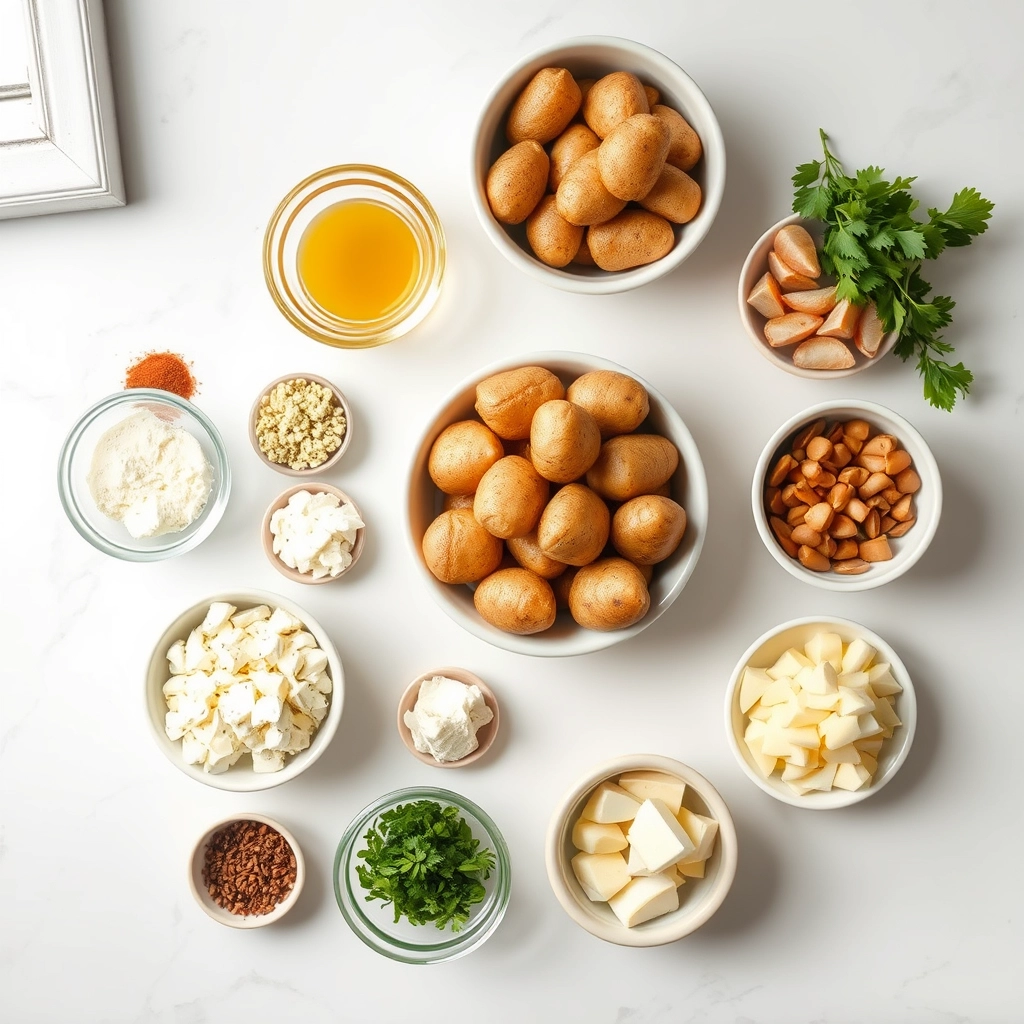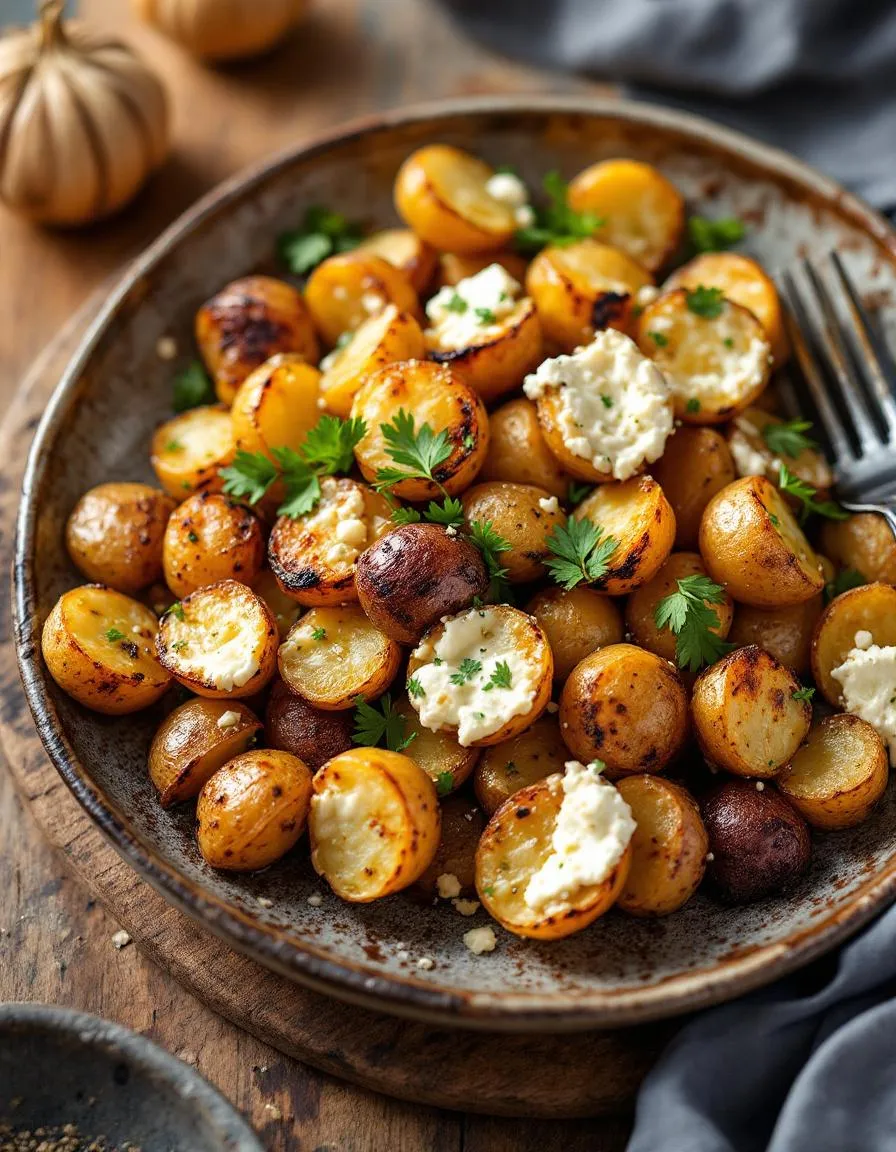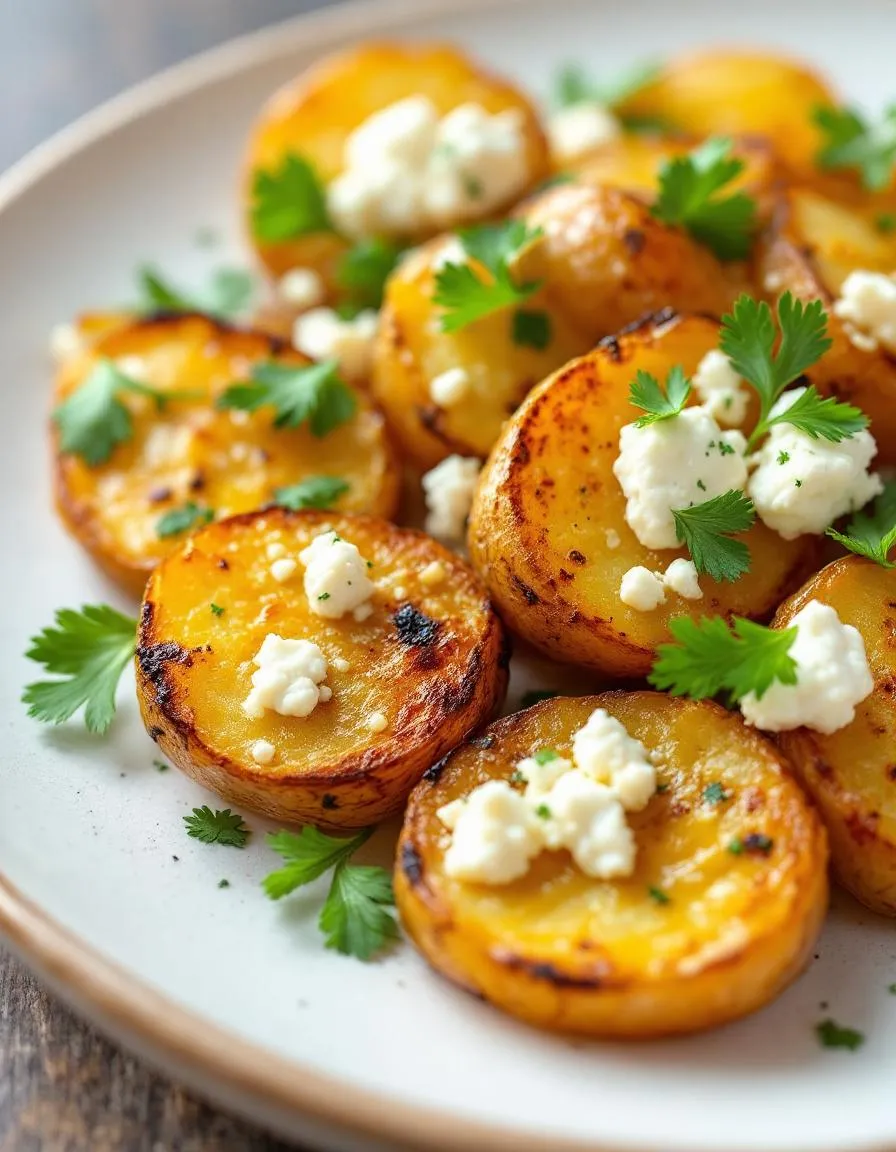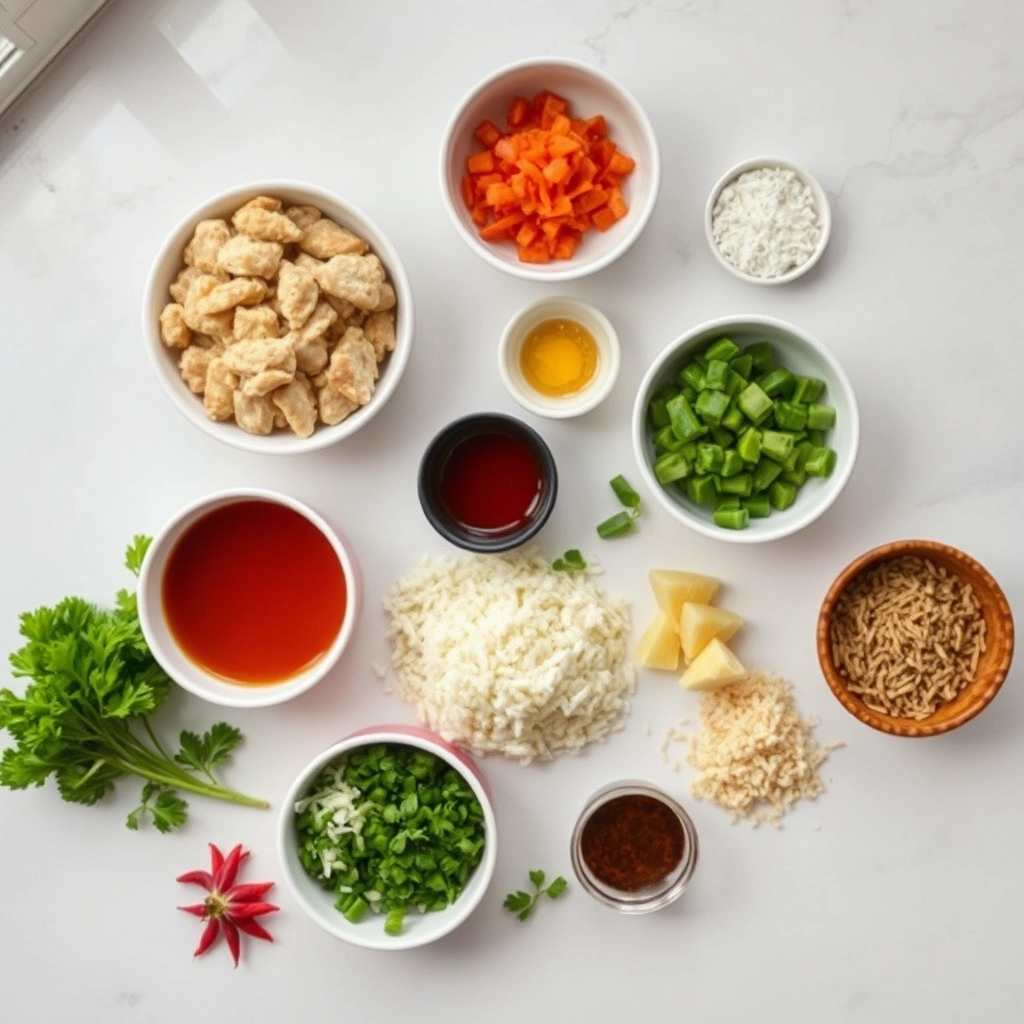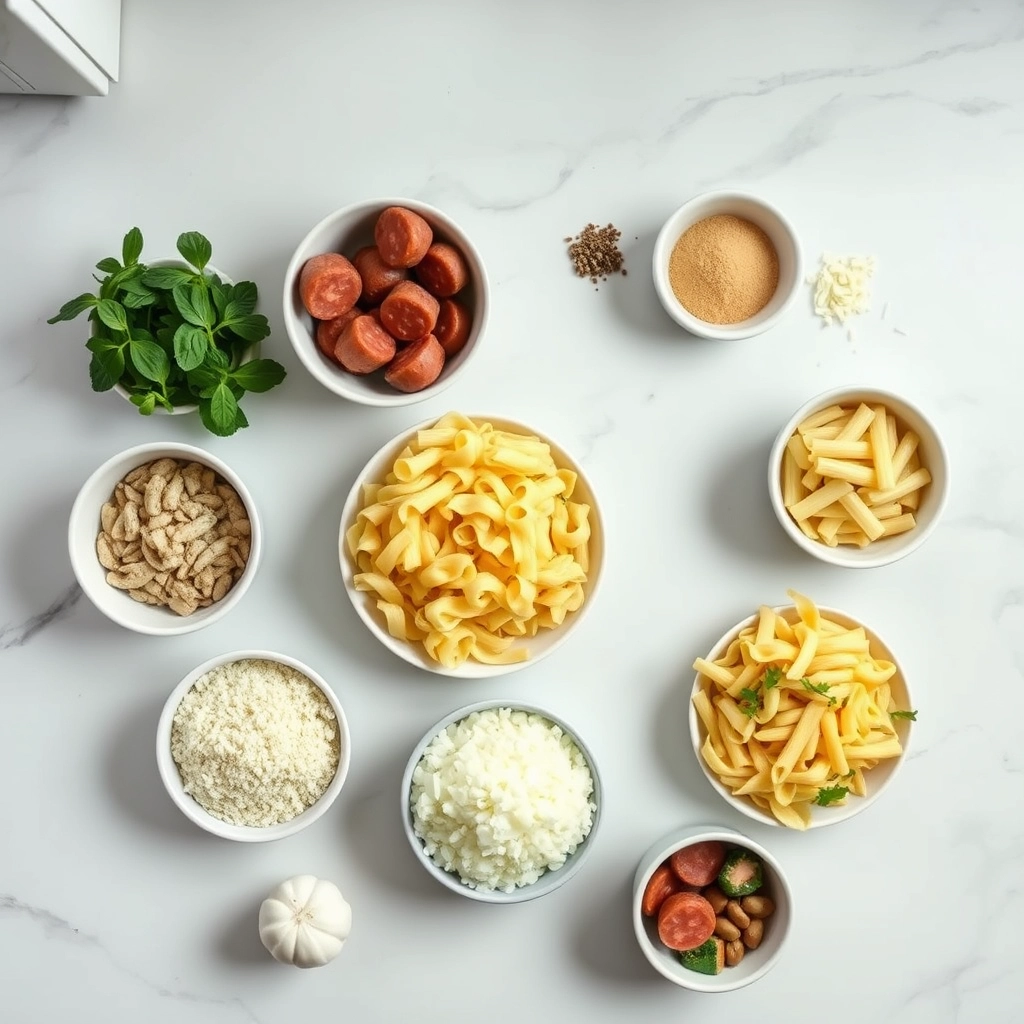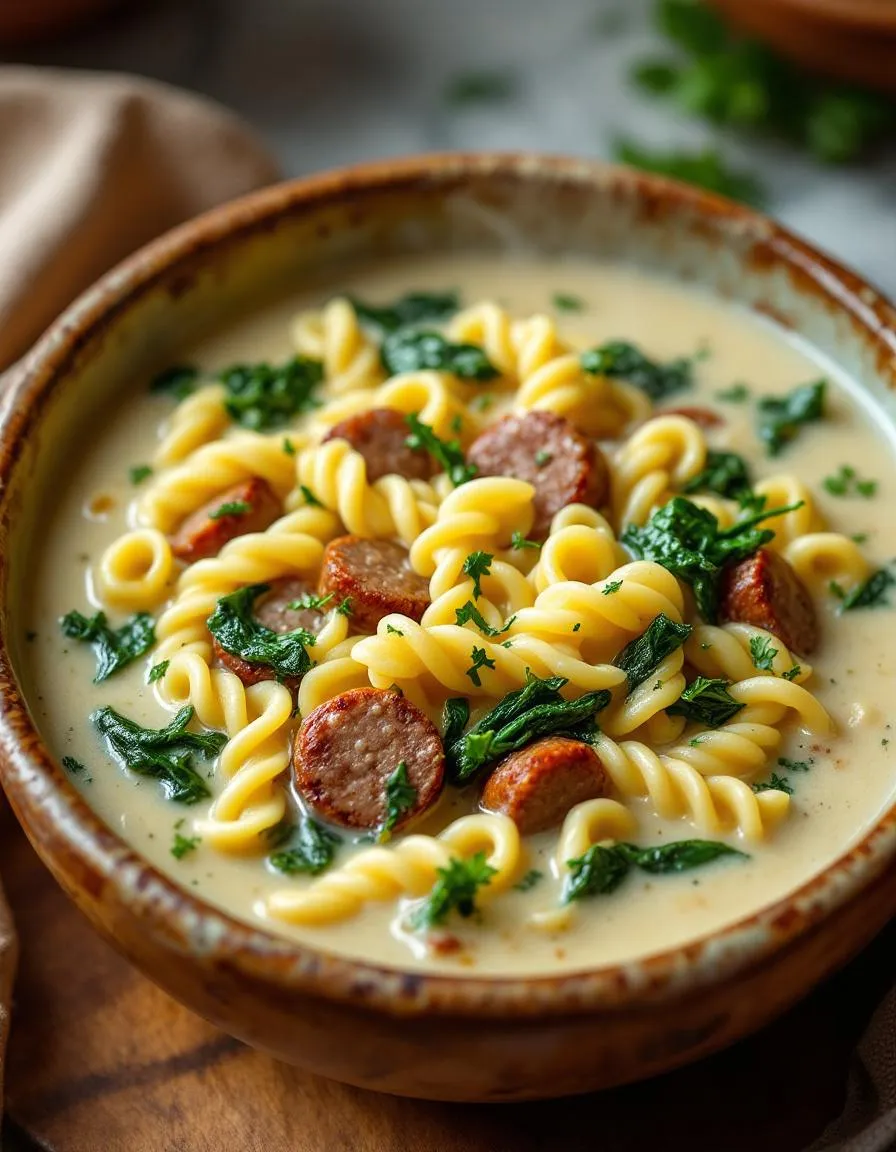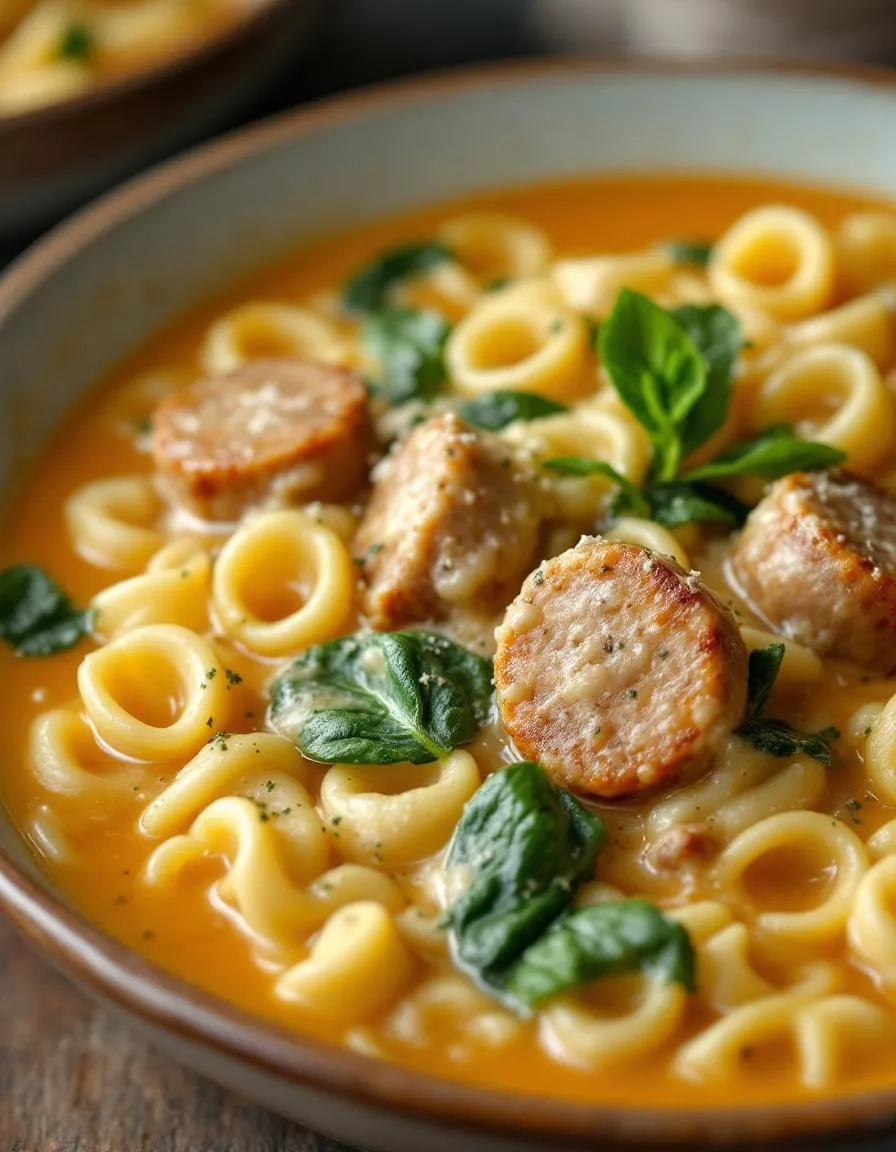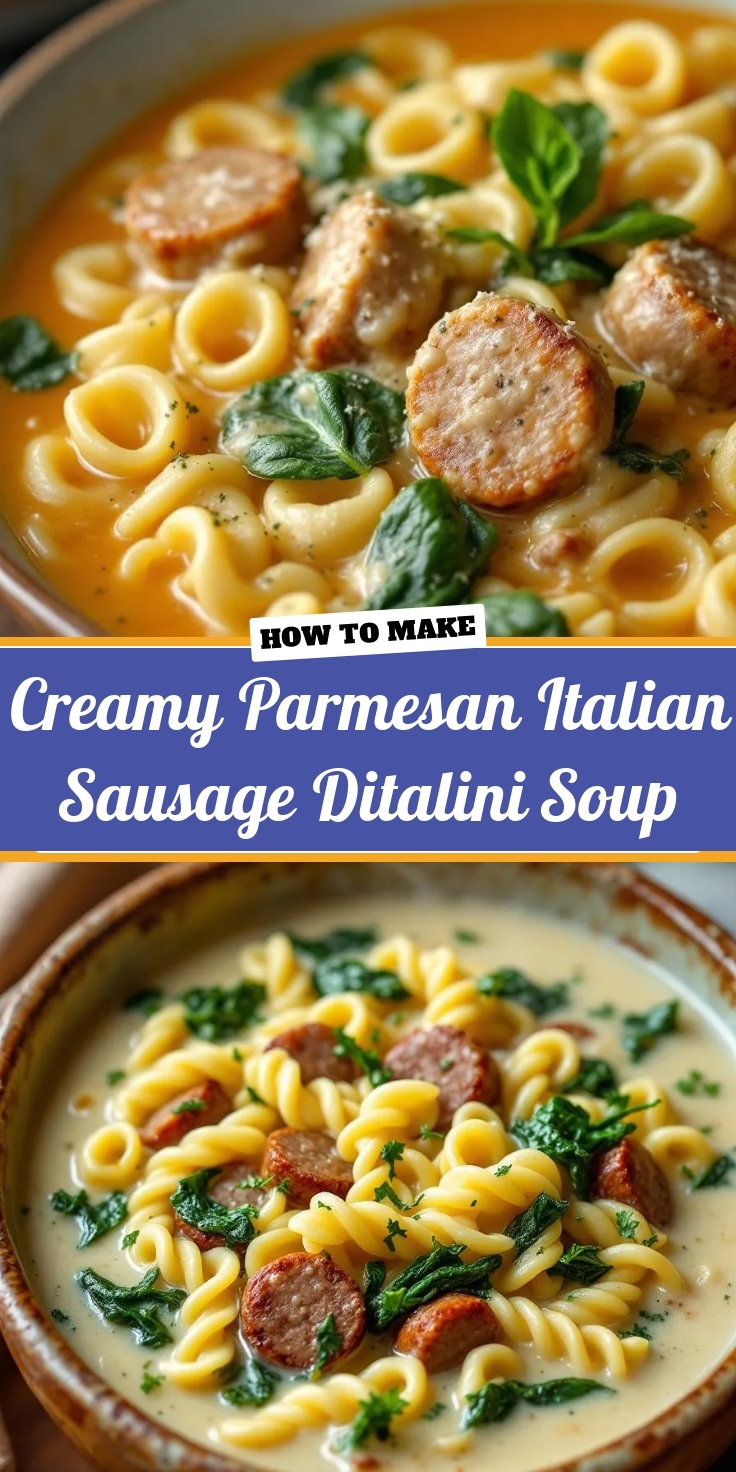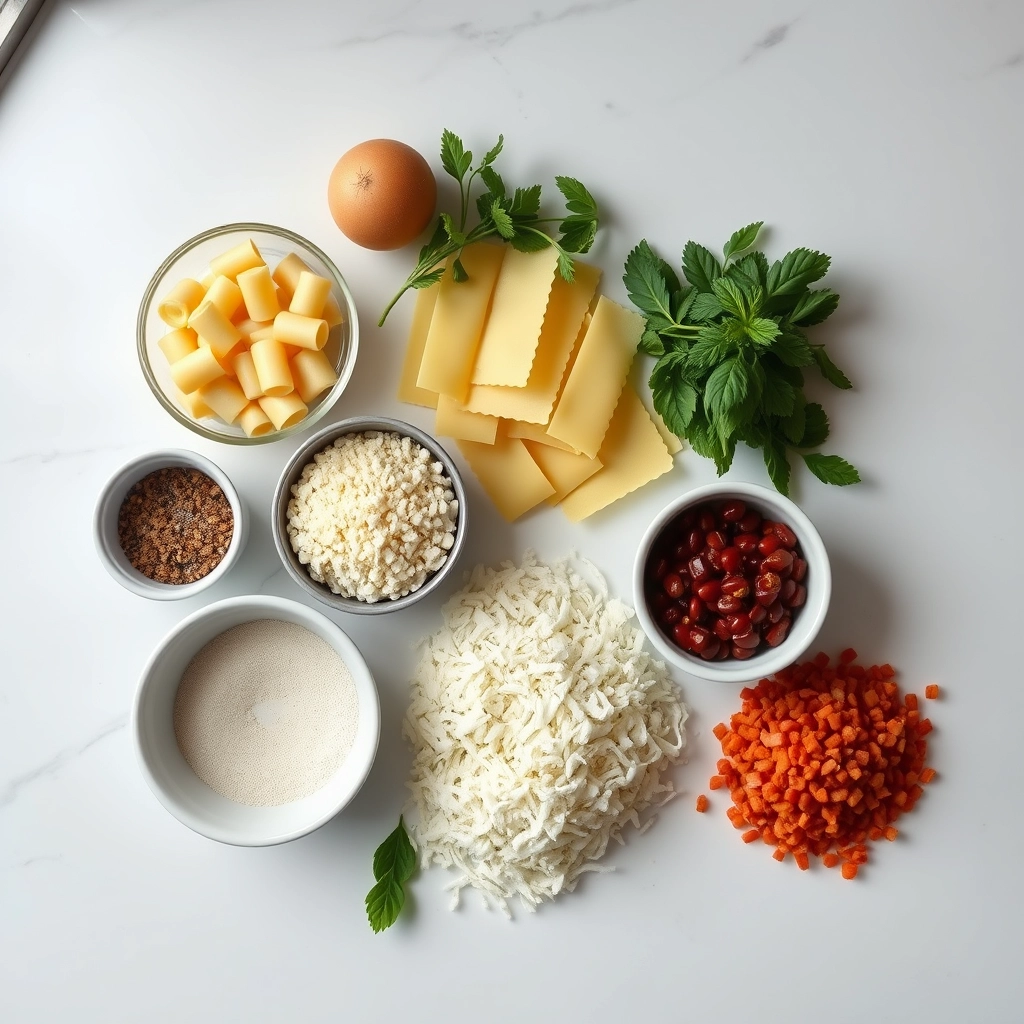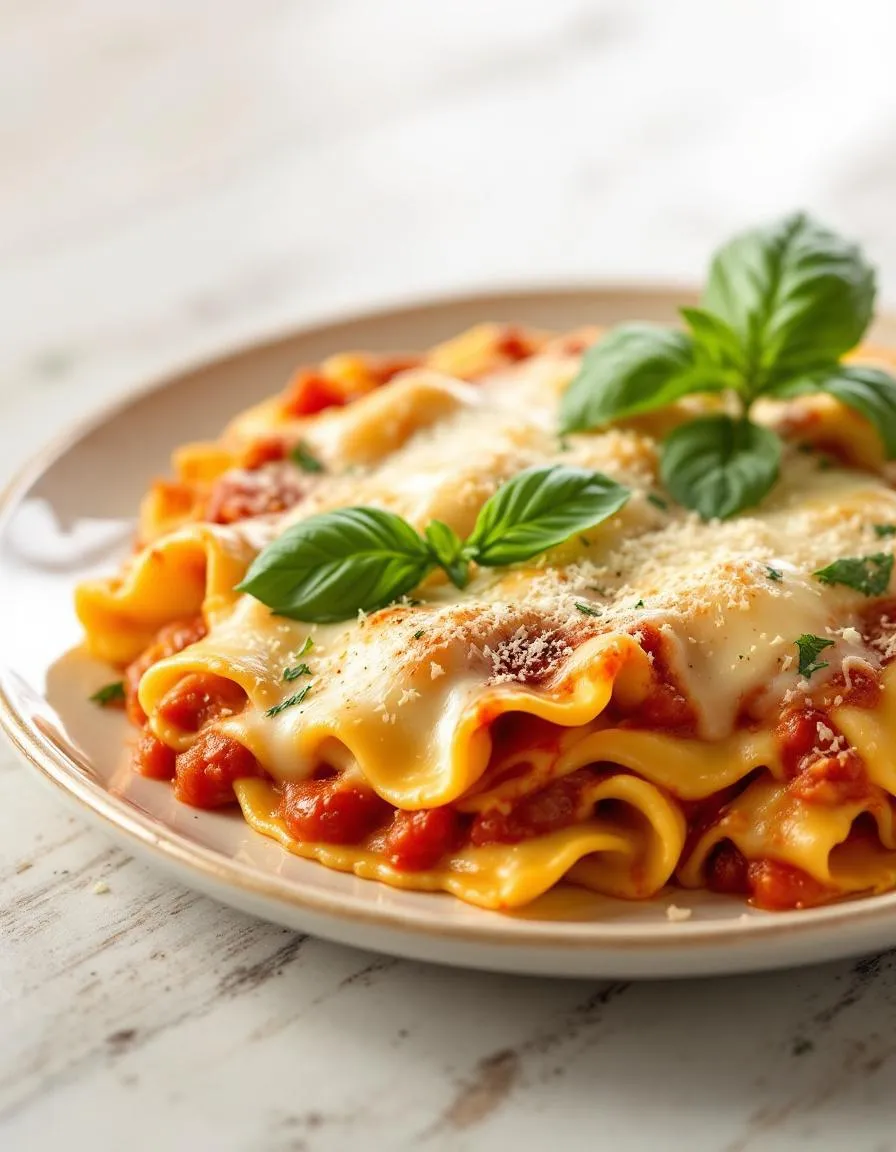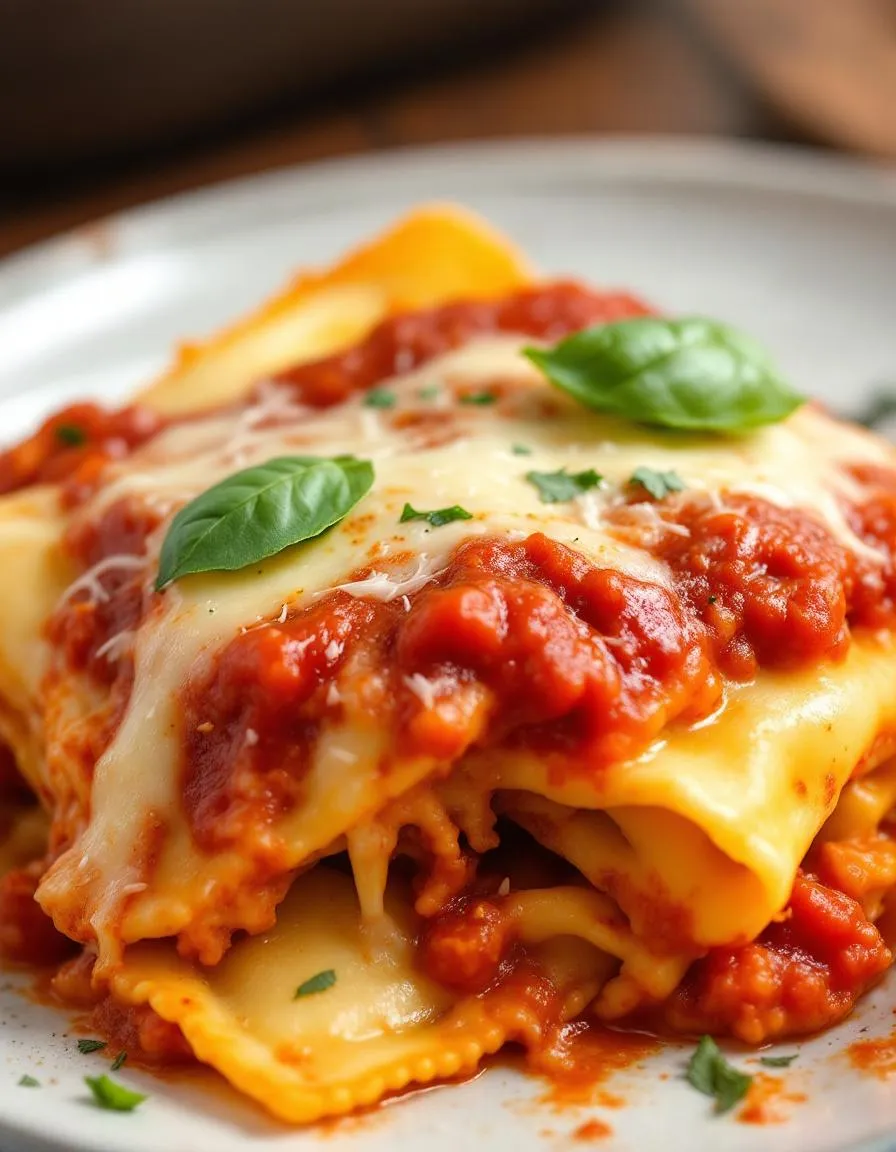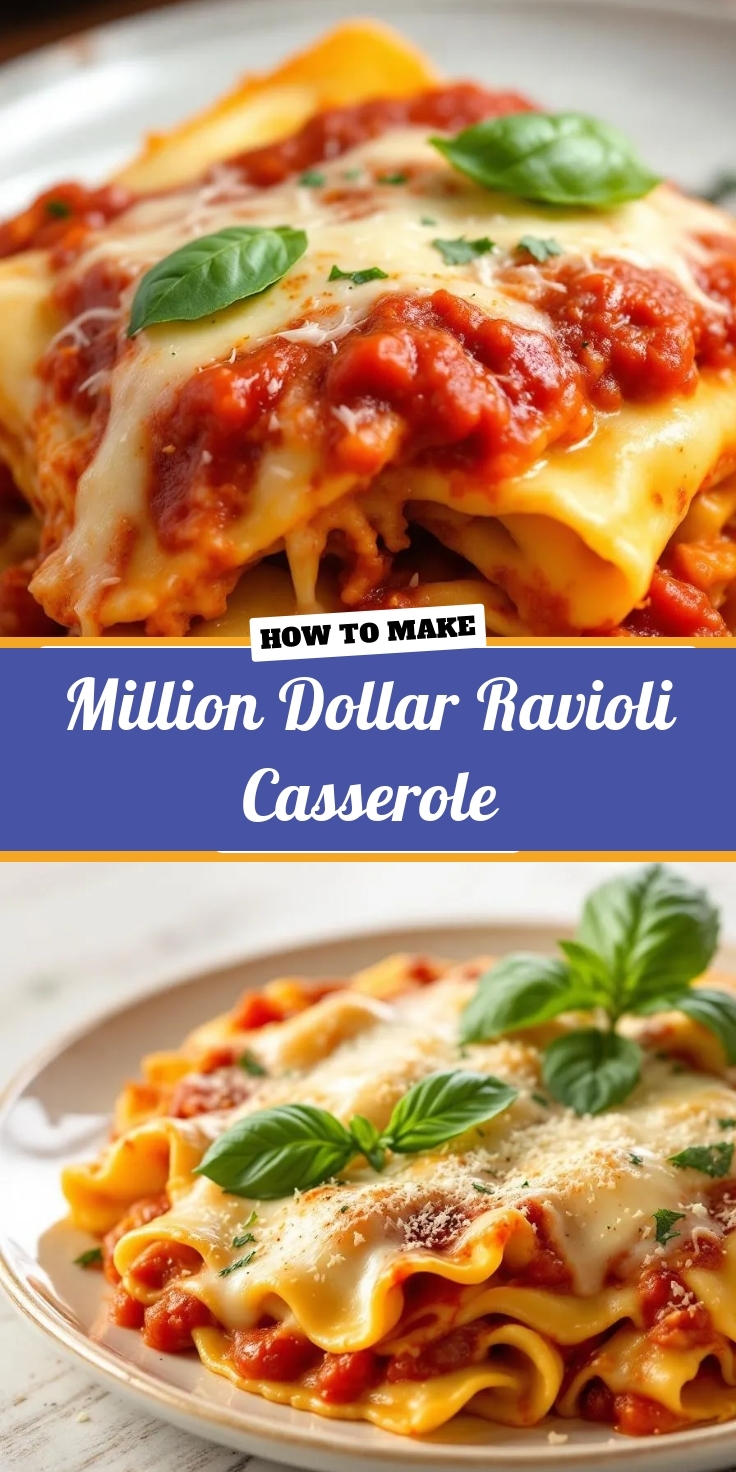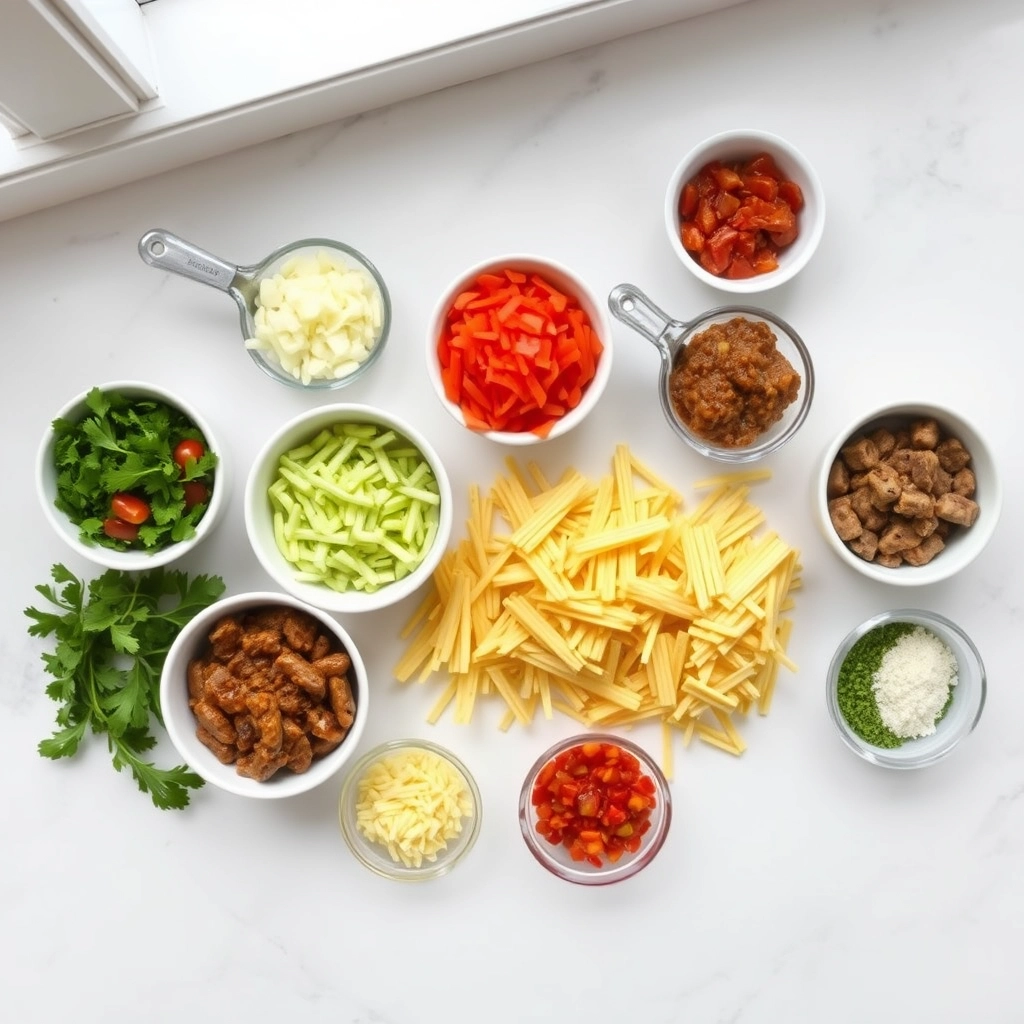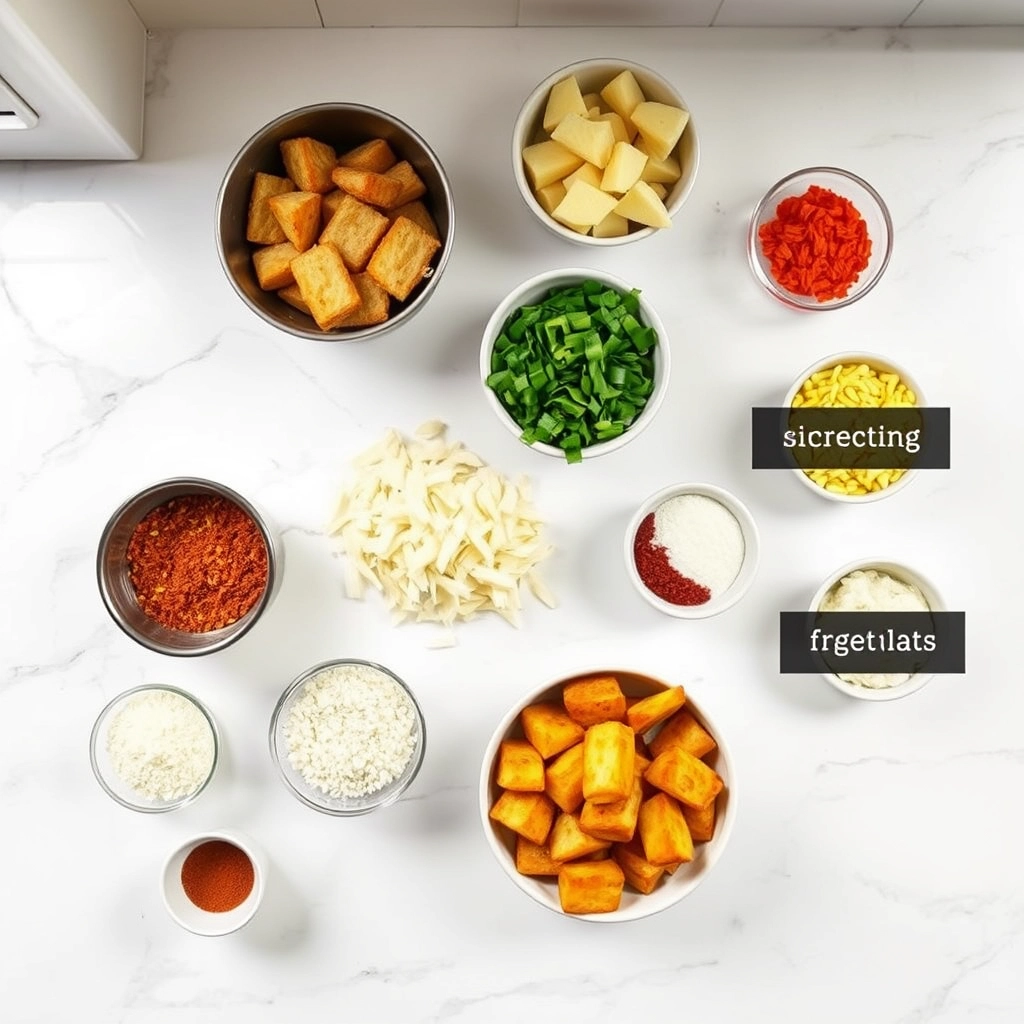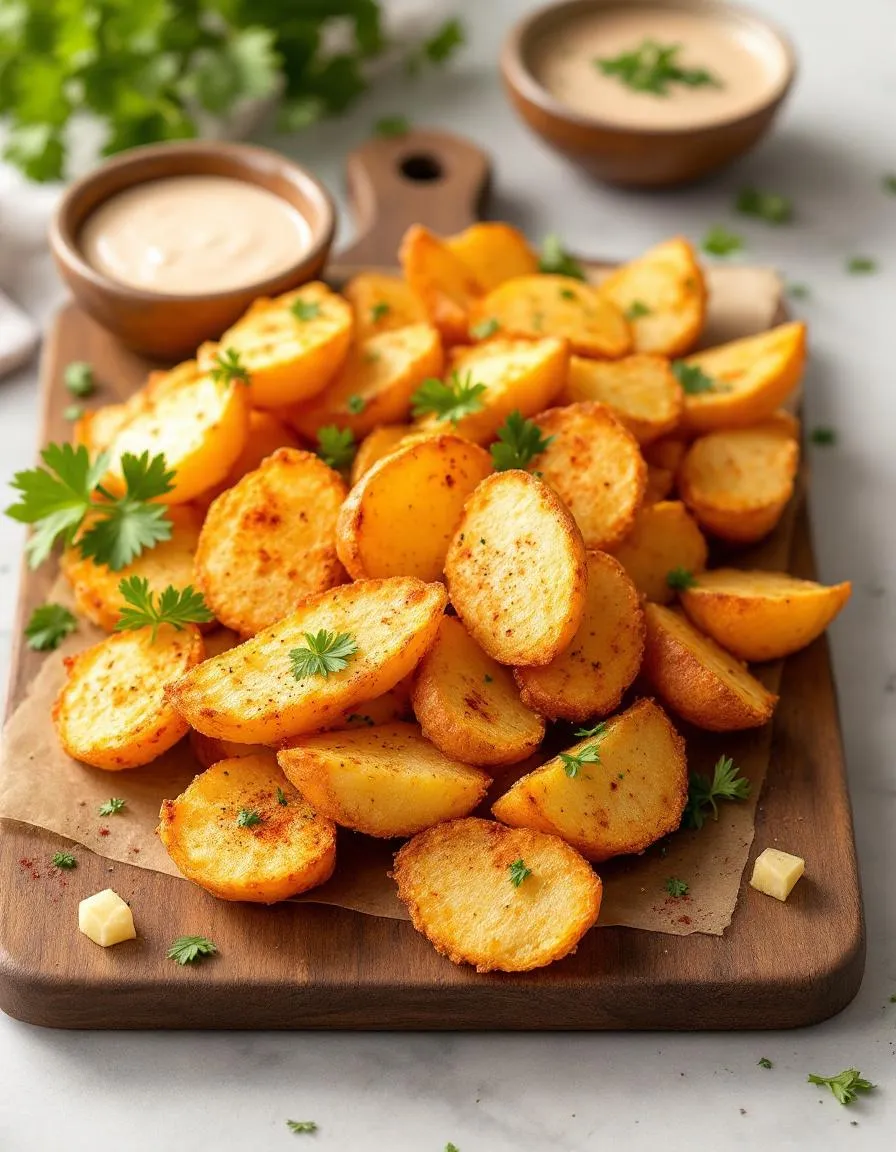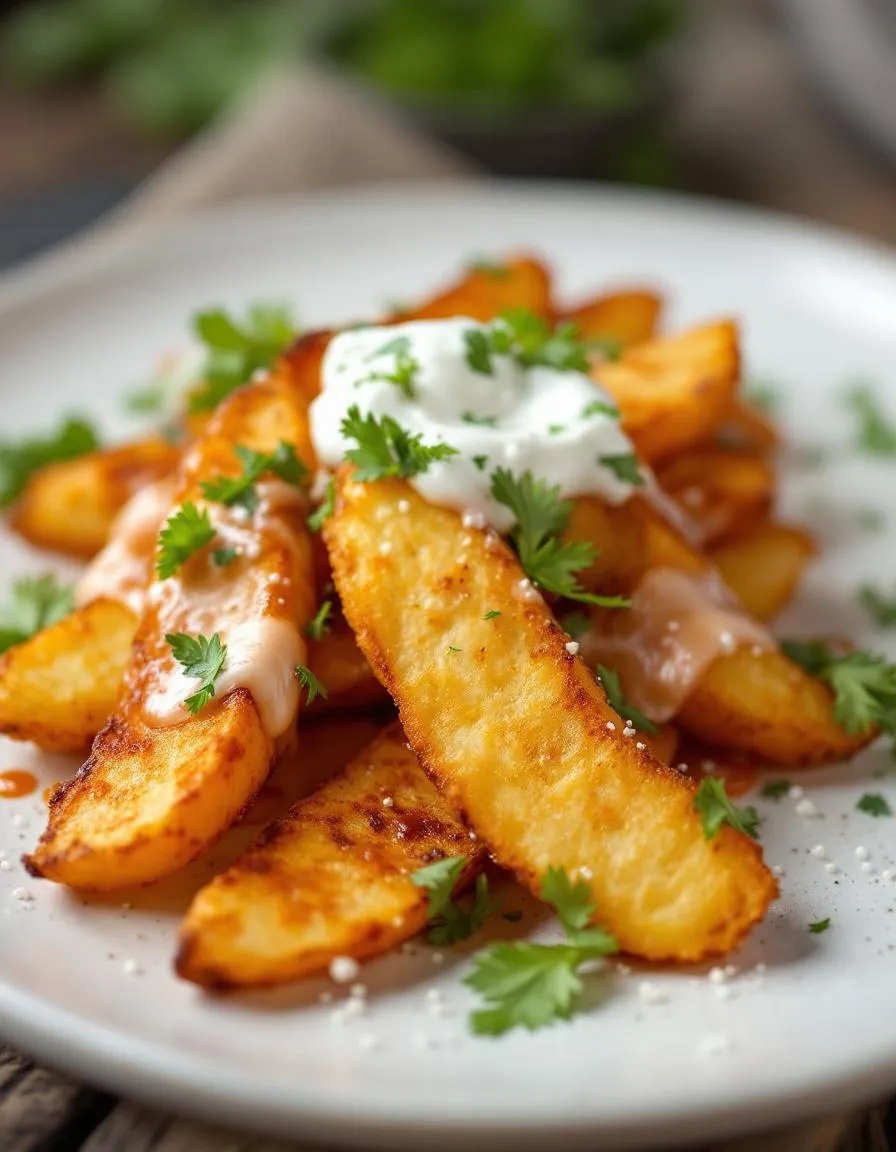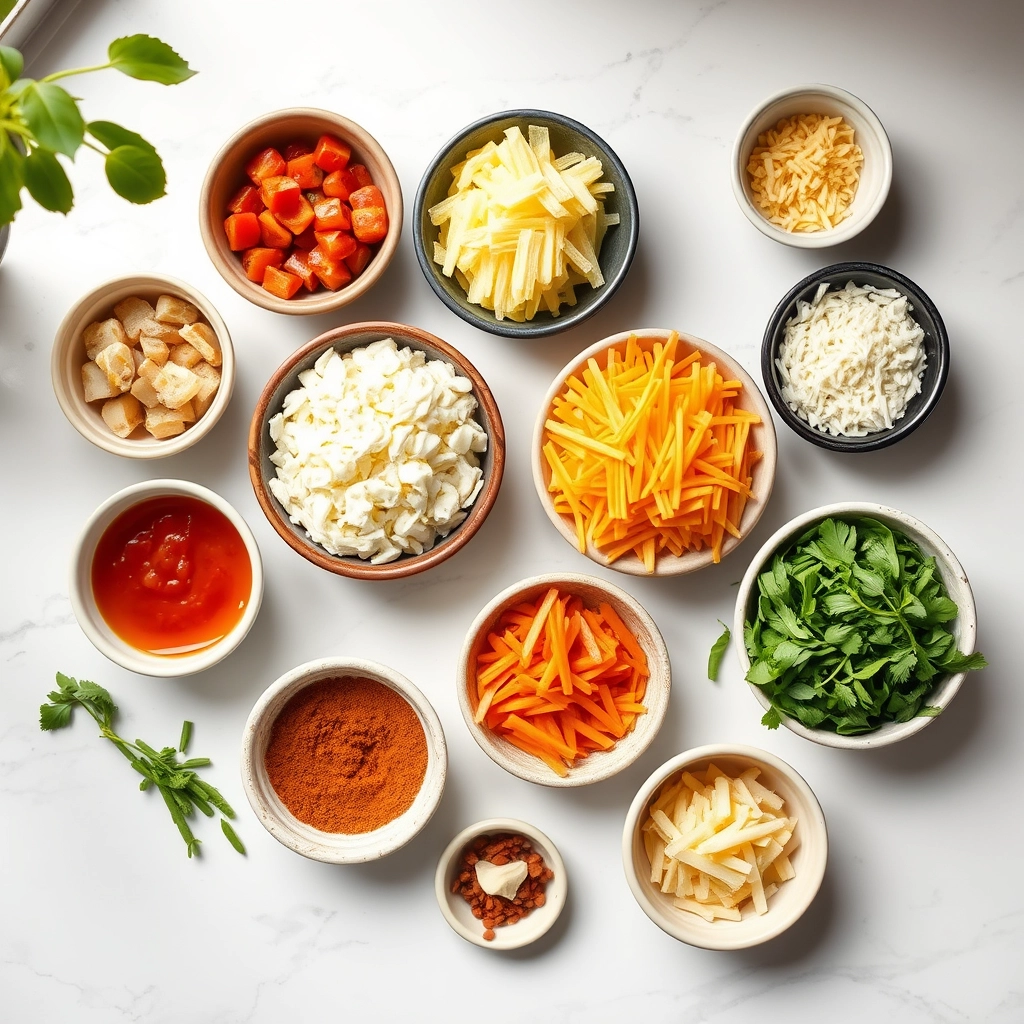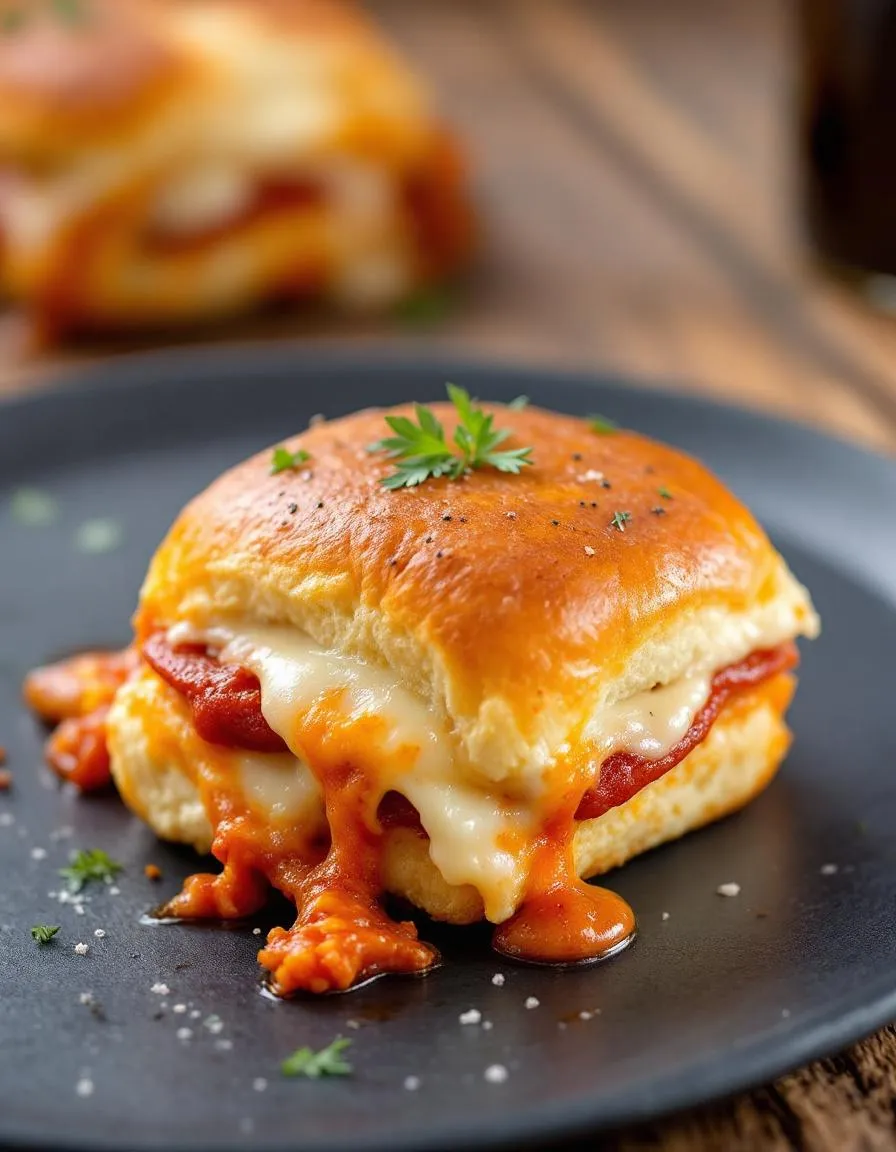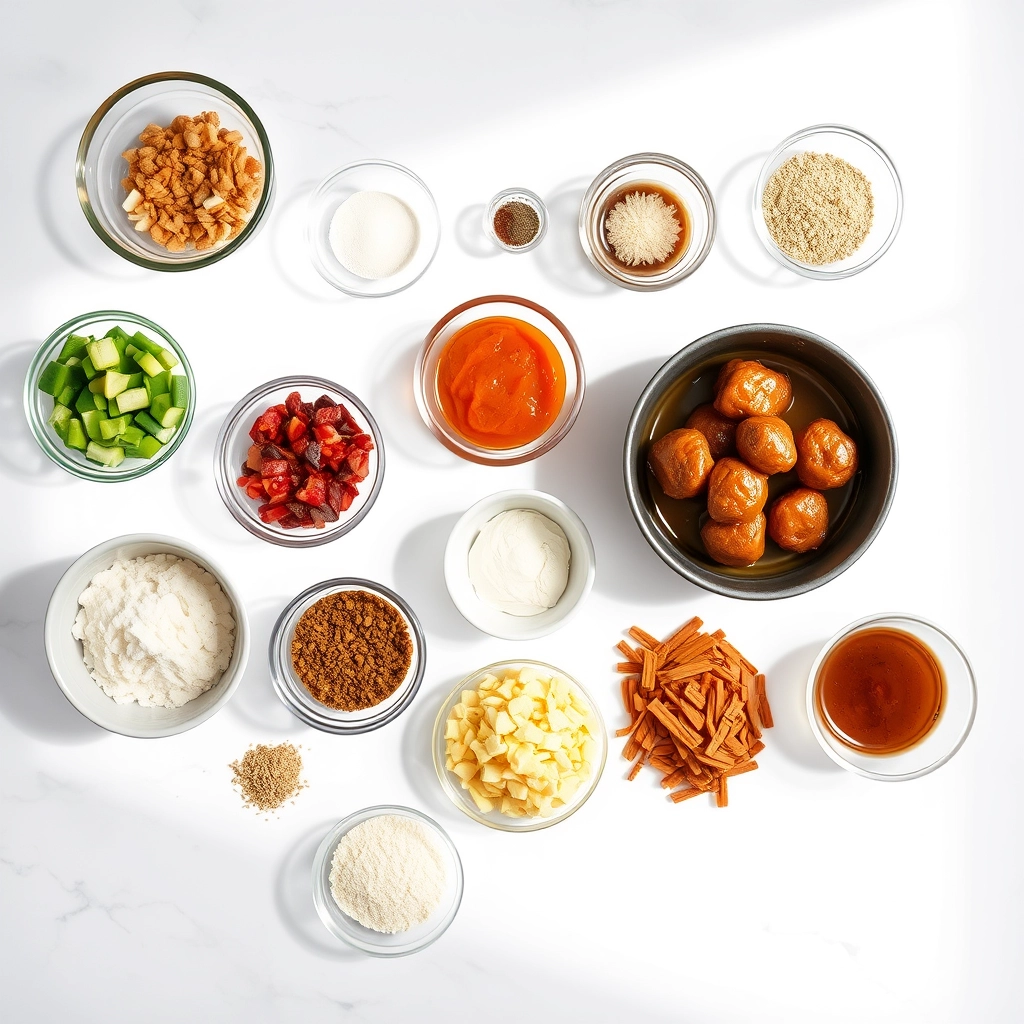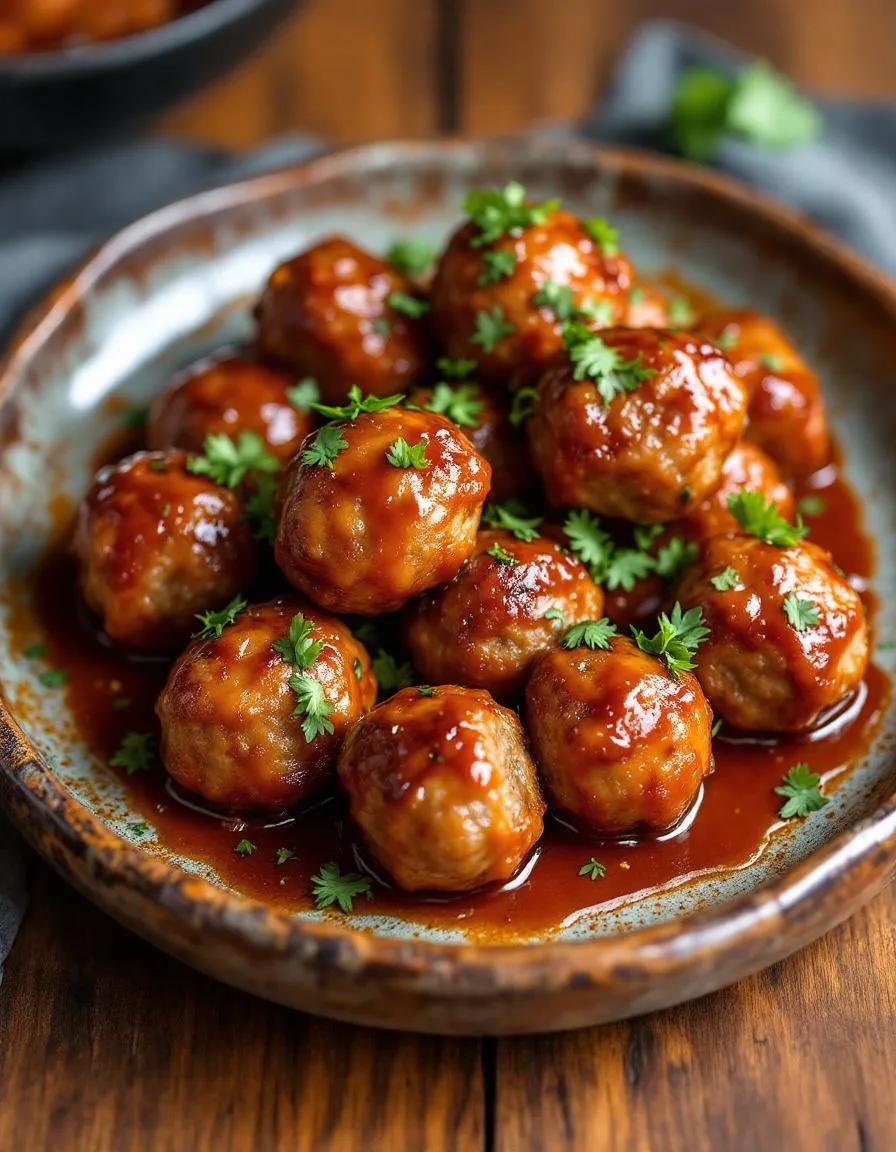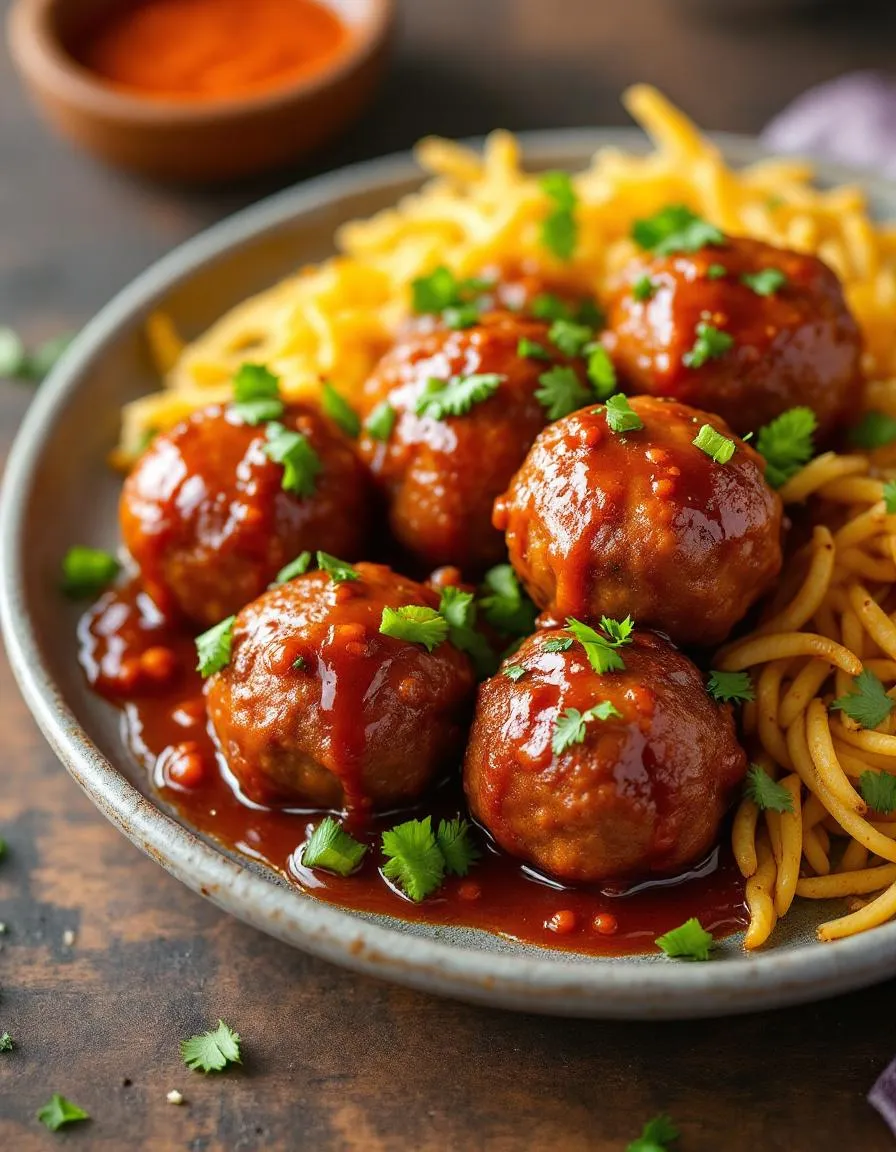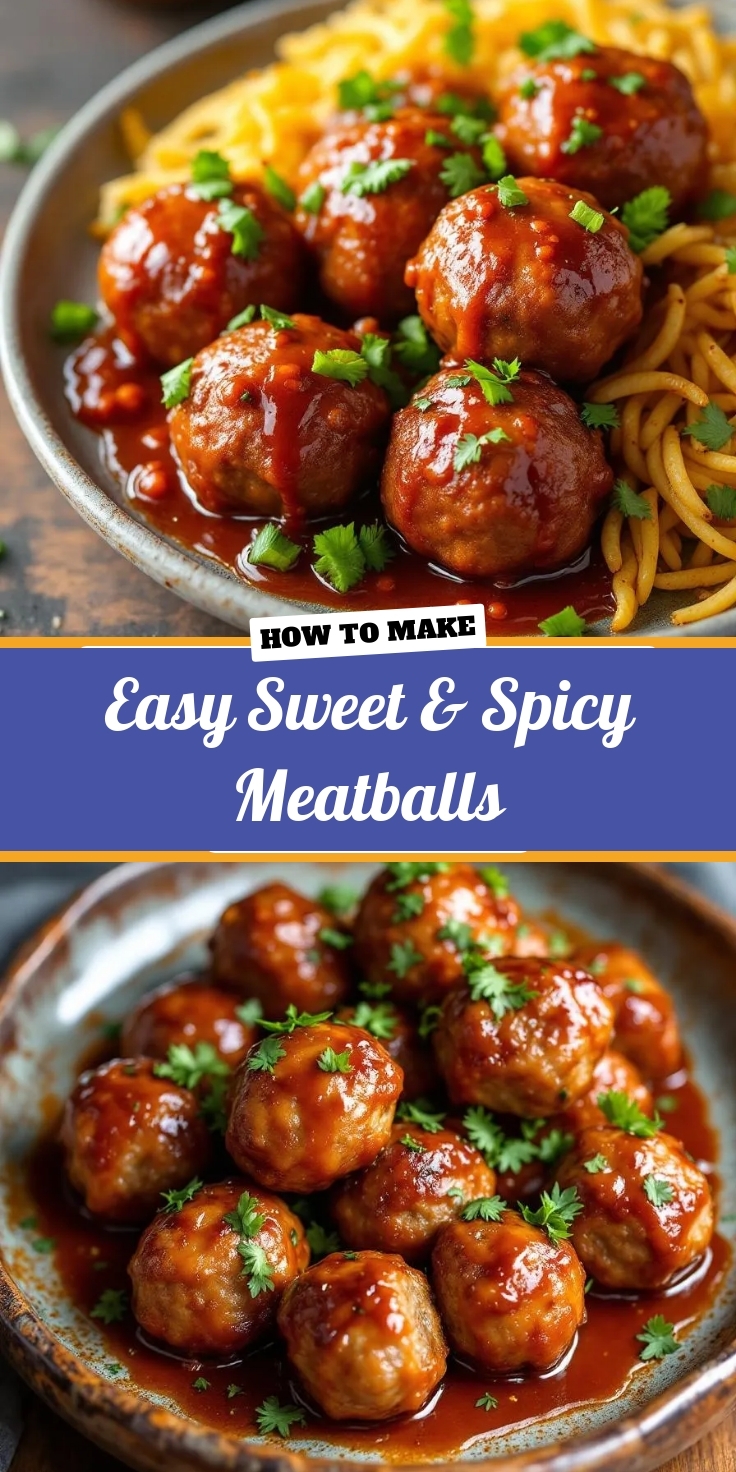Introduction
Hi there! I’m Emily, the heart and soul behind brekcakes.com. From my earliest memories, the kitchen has always been a place of warmth and creativity. It’s where I discovered the magic of turning simple ingredients into extraordinary meals and learned that the best dishes are often made with love as the main ingredient.
If you crave a dish that balances bold flavors with comforting simplicity, you’ll adore this Black Pepper Chicken with Mushrooms. Whether you’re cooking for a busy weeknight or a cozy weekend dinner, this recipe delivers rich, savory notes with just the right kick of spice. Plus, it’s a fantastic way to bring restaurant-quality flair to your table without the fuss. Trust me, one bite and you’ll understand why it’s a staple in my kitchen.
Black Pepper Chicken with Mushrooms is a stir-fry dish that combines tender chicken, earthy mushrooms, and a punchy black pepper sauce. Unlike heavy takeout versions, this recipe keeps things fresh and light while packing serious flavor. The dish matters because it proves that quick meals don’t have to sacrifice taste or quality. With minimal prep and common ingredients, it fits perfectly into busy lives—something I always prioritize on brekcakes.com. If you love easy yet impressive dinners, you’ll appreciate how this recipe aligns with my 5-ingredient meal philosophy. And if you’re new to stir-frying, don’t worry—my stir-fry guide breaks down the basics so you can nail this dish on the first try.
Why I Love This Recipe
Black Pepper Chicken with Mushrooms holds a special place in my heart because it reminds me of family dinners growing up. My dad used to make a similar version, and the aroma of black pepper and garlic would fill our tiny kitchen. Now, whenever I cook it, I feel that same warmth—like I’m sharing more than just a meal. It’s also incredibly versatile. Some nights, I serve it over rice for a hearty meal, while other times, I pair it with greens for a lighter twist. No matter how you enjoy it, this dish always feels like a hug in a bowl.
Health and Nutrition
Why it’s good for your body
Black Pepper Chicken with Mushrooms packs a powerful nutritional punch while delivering bold flavors. First, the lean chicken breast provides high-quality protein to support muscle growth and repair. Additionally, mushrooms add a hearty dose of fiber and antioxidants, which help combat inflammation and boost immunity. Together, these ingredients create a dish that’s as nourishing as it is delicious.
Moreover, black pepper doesn’t just enhance taste. It also contains piperine, a compound known to improve digestion and nutrient absorption. When you enjoy Black Pepper Chicken with Mushrooms, you’re giving your body a meal that fuels energy and promotes gut health. Furthermore, the dish is low in carbs and sugars, making it a smart choice for those managing blood sugar levels.
Finally, the garlic and olive oil often used in this recipe contribute heart-healthy fats and antimicrobial properties. Whether you’re looking for a post-workout meal or a nutrient-dense dinner, Black Pepper Chicken with Mushrooms delivers balanced benefits without sacrificing flavor.
How it fits in a healthy lifestyle
Black Pepper Chicken with Mushrooms fits seamlessly into a variety of dietary plans. If you’re focusing on high-protein meals for fitness goals, this dish provides the lean protein you need without excess calories. It’s also naturally gluten-free, making it a great option for those with sensitivities.
For heart-healthy eating, the dish relies on olive oil and fresh ingredients instead of processed additives. Pair it with a side of roasted vegetables or a light salad for a well-rounded meal. If you’re meal prepping, Black Pepper Chicken with Mushrooms stores well and reheats beautifully, saving you time during busy weeks.
Looking for more ways to incorporate healthy proteins into your diet? Check out our guide to easy meal prep ideas. Or, if you’re exploring gluten-free options, our gluten-free dinner recipes offer plenty of inspiration. With its versatility and nutrient profile, Black Pepper Chicken with Mushrooms makes healthy eating simple and satisfying.
PrintBlack Pepper Chicken with Mushrooms
Description
A savory and slightly spicy dish featuring tender chicken and earthy mushrooms in a rich black pepper sauce.
Ingredients
For the Crust:
- 1 lb boneless chicken breast, sliced
- 8 oz mushrooms, sliced
- 2 tbsp soy sauce
- 1 tbsp oyster sauce
- 1 tbsp black pepper, freshly ground
- 2 cloves garlic, minced
- 1 tbsp vegetable oil
- 1/2 cup chicken broth
- 1 tsp cornstarch, dissolved in 1 tbsp water
- 1/2 onion, sliced
Instructions
1. Prepare the Crust:
- Heat vegetable oil in a pan over medium-high heat. Add garlic and sauté until fragrant.
- Add sliced chicken and cook until no longer pink, about 5 minutes.
- Add onions and mushrooms, stir-fry for 3-4 minutes until softened.
- Pour in soy sauce, oyster sauce, and black pepper. Stir well to coat the chicken and vegetables.
- Add chicken broth and bring to a simmer. Cook for 2-3 minutes.
- Stir in the cornstarch mixture to thicken the sauce. Cook for another minute.
- Serve hot over rice or noodles.
Notes
You can customize the seasonings to taste.
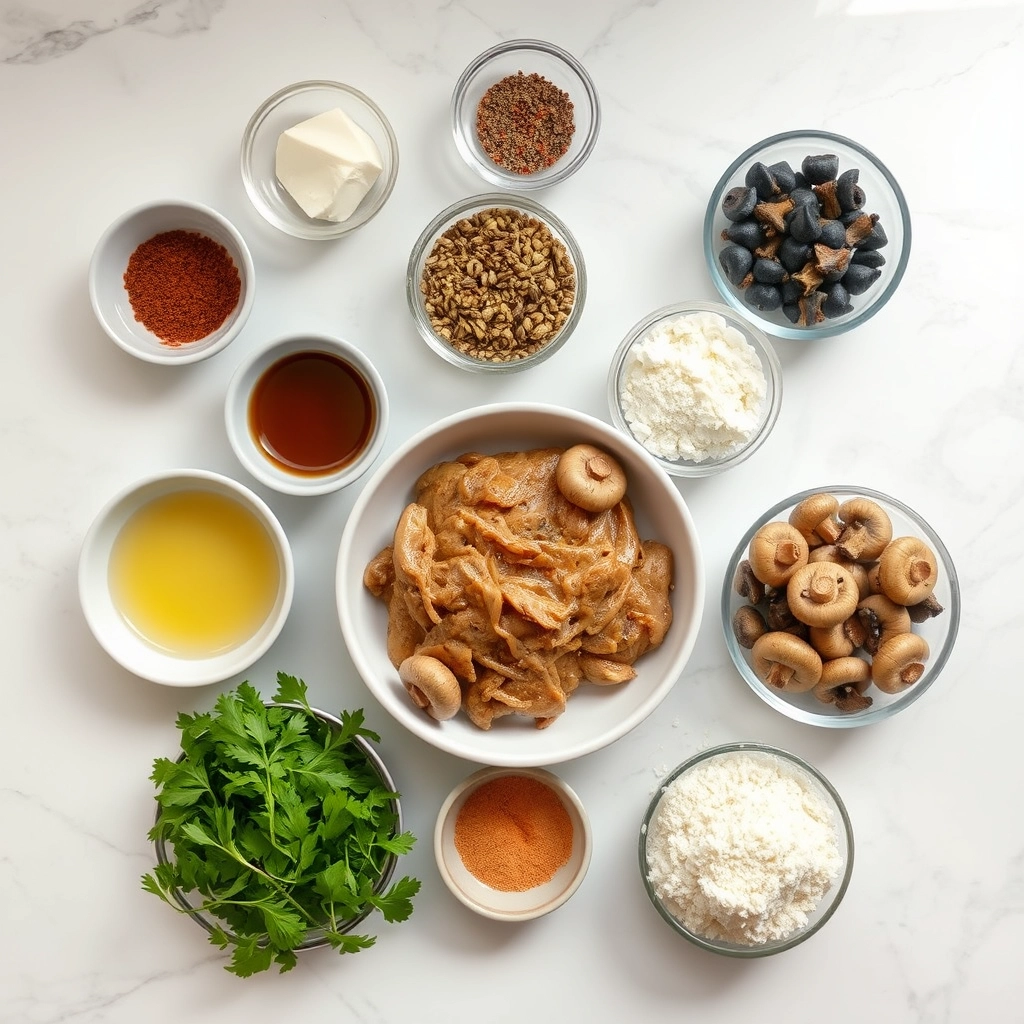
“`html
How to Prepare This Dish
Steps and time-saving tips
Start by slicing the chicken into thin strips for even cooking. Next, toss the chicken with a mix of soy sauce, black pepper, and a touch of cornstarch to lock in moisture. While the chicken marinates, slice the mushrooms and mince the garlic to save time later. Heat a large skillet over medium-high heat and drizzle in some oil. Once hot, add the chicken and stir-fry until it turns golden brown, about 4-5 minutes. Remove the chicken and set it aside. In the same skillet, toss in the mushrooms and garlic, stirring until the mushrooms soften and release their juices. Return the chicken to the pan and pour in a splash of chicken broth to deglaze, scraping up any flavorful bits. Finally, sprinkle extra black pepper for a bold kick and garnish with fresh parsley. For a quicker version, prep the ingredients the night before and store them in the fridge. If you’re short on time, use pre-sliced mushrooms and pre-minced garlic from the store.
Mistakes I’ve made and learned from
I once overcrowded the skillet, which steamed the chicken instead of searing it, leaving it rubbery. Now, I cook in batches for that perfect crisp texture. Another time, I skipped marinating, and the Black Pepper Chicken with Mushrooms lacked depth. A quick 15-minute soak in the marinade makes all the difference. If you’re new to stir-frying, check out my guide on mastering stir-fry techniques to avoid common pitfalls. Also, don’t forget to balance flavors—too much black pepper can overpower the dish. For more tips on seasoning, my post on perfecting spice blends will help you nail the right ratio every time.
“`
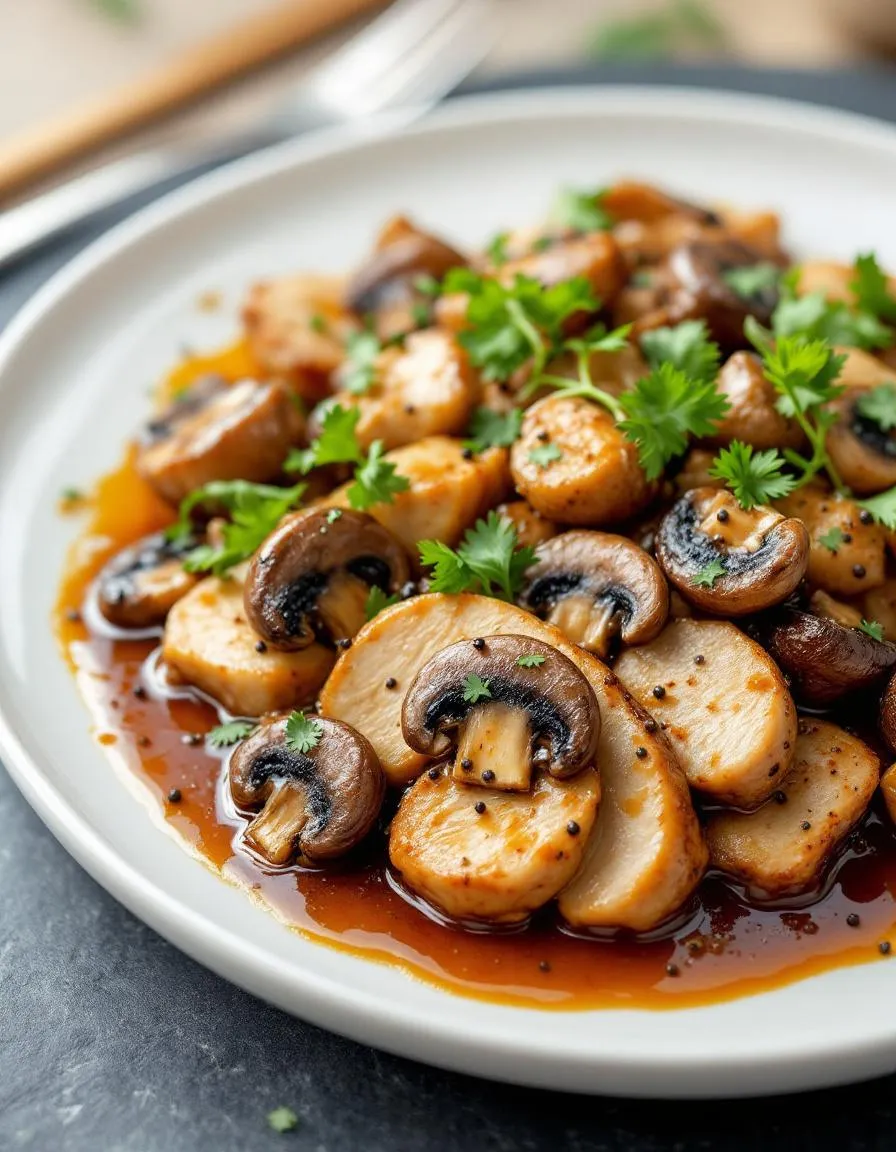
Cultural Connection and Variations
Where this recipe comes from
Black Pepper Chicken with Mushrooms carries a rich history, blending bold flavors from Chinese stir-fry traditions with earthy, comforting mushrooms. Originally, this dish likely emerged in southern China, where chefs prized the fiery kick of black pepper alongside tender chicken and umami-packed mushrooms. Over time, families adapted it—some adding soy sauce for depth, others tossing in bell peppers for crunch. In my own kitchen, we make it extra peppery, a nod to my grandfather’s love for spice.
Across Asia, you’ll find exciting twists. In Thailand, cooks might swap button mushrooms for shiitakes and splash in coconut milk for creaminess. Meanwhile, in American-Chinese takeout spots, Black Pepper Chicken with Mushrooms often gets a sweeter glaze. No matter the version, the dish stays a weeknight hero. My aunt even folds leftovers into fried rice, proving its versatility. Whether served steaming hot or packed for lunch, this recipe bridges cultures—and appetites.
How it fits in today’s cooking
Today, Black Pepper Chicken with Mushrooms shines as a quick, flavor-packed meal for busy cooks. Its bold spices wake up tired taste buds, while mushrooms add a meaty texture that even vegetarians crave (try subbing tofu, like in this vegetarian stir-fry guide). Many home chefs pair it with jasmine rice or noodles, turning it into a 30-minute dinner star.
Seasonally, it’s a fall favorite when mushrooms peak, but its warmth makes it a year-round hit. Modern twists include air-frying the chicken for crispiness or using it as a filling for meal-prep bowls. Whether you stick to tradition or experiment, Black Pepper Chicken with Mushrooms keeps earning its spot at the table—one peppery bite at a time.
Taste and Texture
What makes it delicious
Black Pepper Chicken with Mushrooms delivers a bold, savory punch with every bite. The tender chicken soaks up the rich, peppery sauce, while the mushrooms add an earthy depth and a satisfyingly chewy texture. Fragrant garlic and ginger mingle with the heat of freshly cracked black pepper, creating a warm, aromatic aroma that fills the kitchen. Each forkful balances the juicy chicken with the umami-loaded mushrooms, all coated in a glossy, slightly sticky sauce that clings perfectly. Whether served over rice or noodles, Black Pepper Chicken with Mushrooms is a comforting yet vibrant dish that keeps you coming back for more.
Boosting the flavor
For an extra flavor kick, try swapping button mushrooms for shiitake or oyster mushrooms—their deeper, woodsy notes elevate the dish. A splash of soy sauce or a drizzle of chili oil adds a tangy or spicy twist. If you love heat, toss in a few sliced chili peppers or a pinch of red pepper flakes. Fresh herbs like cilantro or green onions brighten the dish, while a squeeze of lime cuts through the richness. Pair it with a side of garlic noodles to soak up every last drop of that irresistible sauce. With these tweaks, Black Pepper Chicken with Mushrooms becomes even more unforgettable.
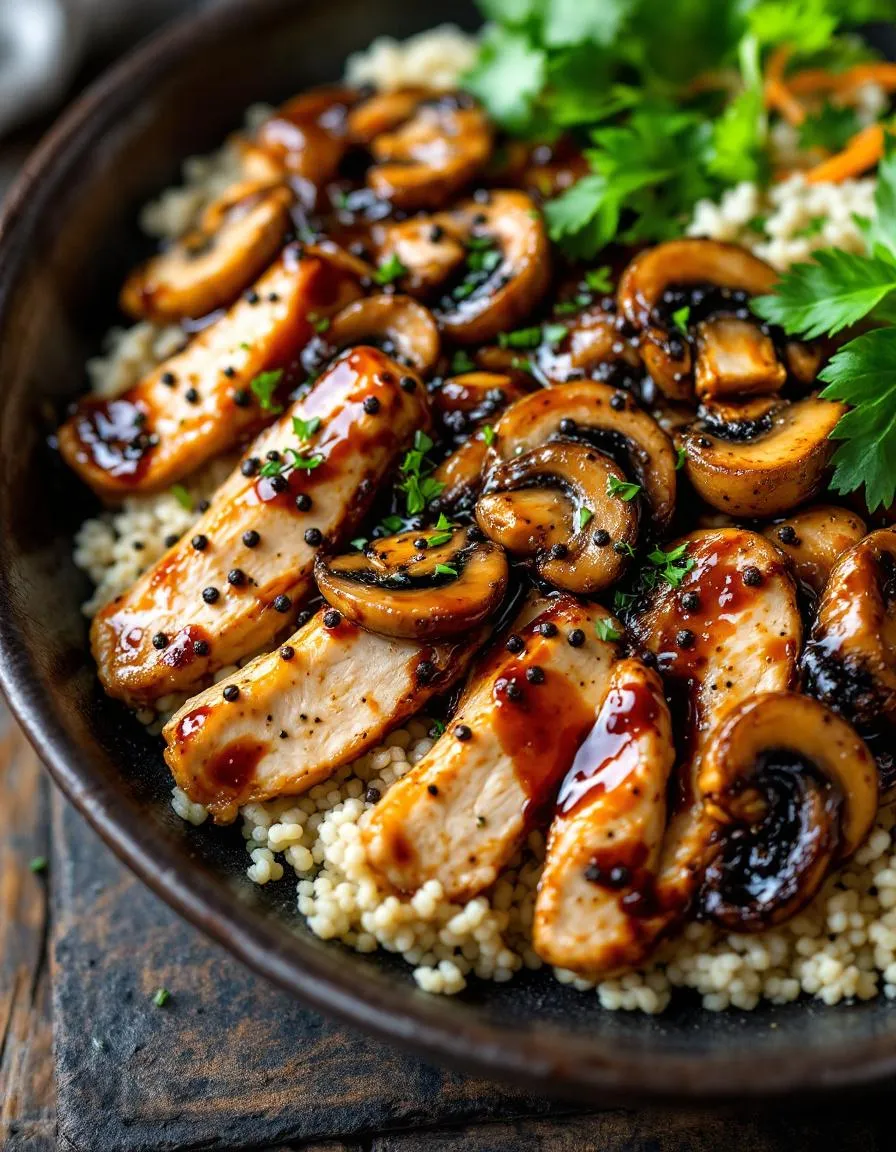
Tips for Success
Best practices for results
Always slice the chicken thinly so it cooks evenly and absorbs the bold flavors of your Black Pepper Chicken with Mushrooms. Meanwhile, use high heat when stir-frying to lock in moisture and achieve that perfect sear. For the best texture, add the mushrooms just after the chicken turns golden so they stay tender without becoming soggy. Finally, taste and adjust the black pepper at the end since its intensity can vary.
Mistakes to avoid
Overcrowding the pan is a common mistake that steams the chicken instead of browning it. Instead, cook in batches if needed, just like when making our perfect stir-fry. Another misstep is adding the sauce too early, which can make the dish overly salty. Wait until the final minute, similar to our sauce timing guide, to keep the flavors balanced. With these fixes, your Black Pepper Chicken with Mushrooms will turn out flavorful every time.
Serving and Pairing Suggestions
How to serve this dish
For a restaurant-worthy presentation, plate your Black Pepper Chicken with Mushrooms over a bed of fluffy jasmine rice or buttery mashed potatoes. Alternatively, serve it family-style in a warm skillet for a cozy, rustic vibe. Garnish with fresh cilantro or thinly sliced green onions to add a pop of color and freshness. Since this dish packs bold flavors, it works beautifully for weeknight dinners yet feels special enough for holiday gatherings. If you’re hosting a dinner party, pair it with elegant side dishes to let the savory black pepper sauce shine.
What goes well with it
First, balance the richness of Black Pepper Chicken with Mushrooms by serving it alongside a crisp, refreshing salad like this Asian Cucumber Salad. The tangy dressing cuts through the dish’s peppery depth. Next, try pairing it with steamed or stir-fried greens, such as bok choy or broccoli, for a wholesome meal. For drinks, a chilled glass of riesling or a light lager complements the spices without overpowering them. Finally, if you love bold flavors, drizzle extra sauce from this Garlic Ginger Glaze over the chicken for an added kick.
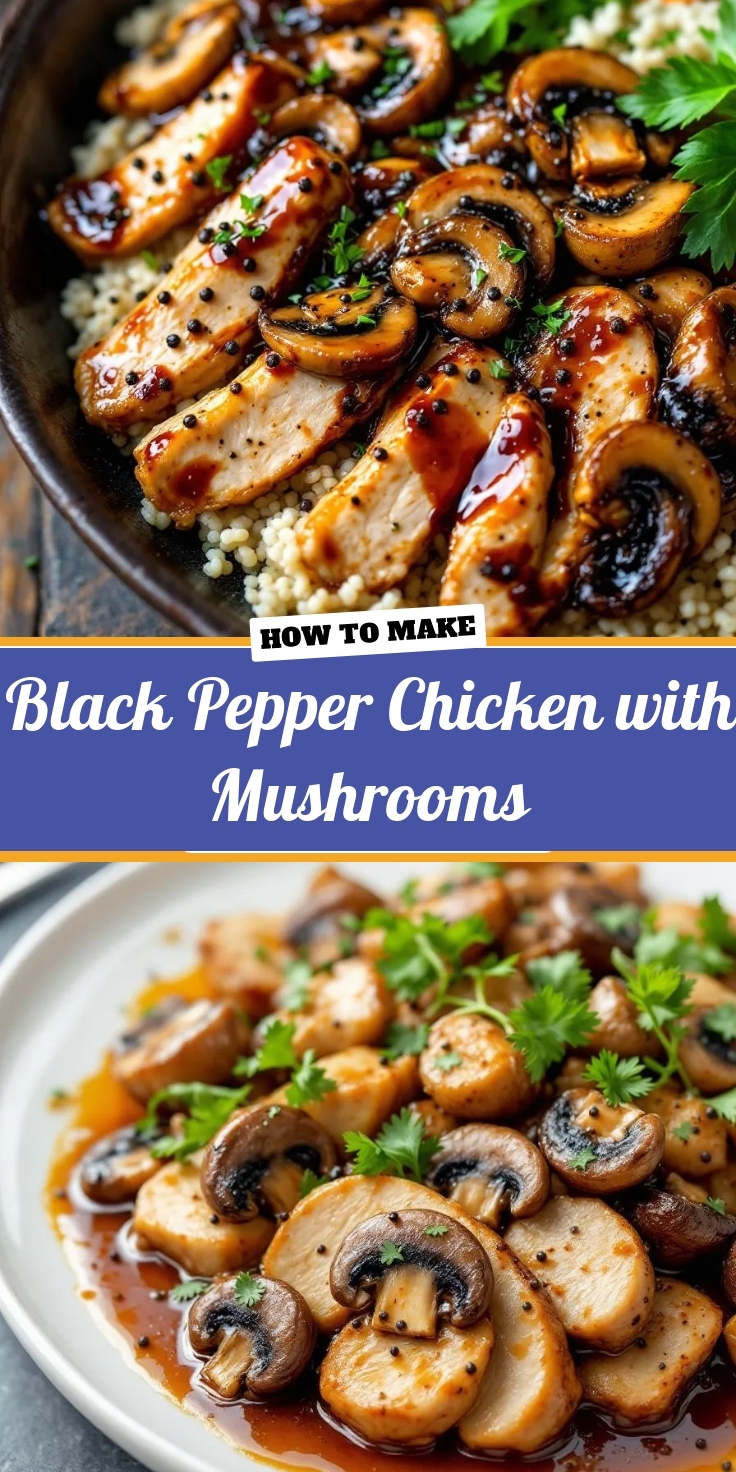
The best way to cook Black Pepper Chicken with Mushrooms is to stir-fry the chicken until golden brown, then sauté the mushrooms until tender. Add a bold black pepper sauce and simmer until the flavors meld. This method ensures juicy chicken and perfectly cooked mushrooms in every bite.
Yes, you can substitute button mushrooms with cremini, shiitake, or oyster mushrooms for deeper flavor in Black Pepper Chicken with Mushrooms. Each variety adds a unique texture and earthiness, enhancing the dish. Just adjust cooking times slightly depending on the mushroom type.
Black Pepper Chicken with Mushrooms has a mild to moderate heat level, primarily from freshly ground black pepper. The dish focuses more on aromatic warmth than intense spiciness. You can adjust the pepper amount to suit your preference.
Steamed jasmine rice or fried rice perfectly balances the bold flavors of Black Pepper Chicken with Mushrooms. For a lighter option, try stir-fried vegetables or a simple cucumber salad. The dish also pairs well with egg drop soup or wontons.


